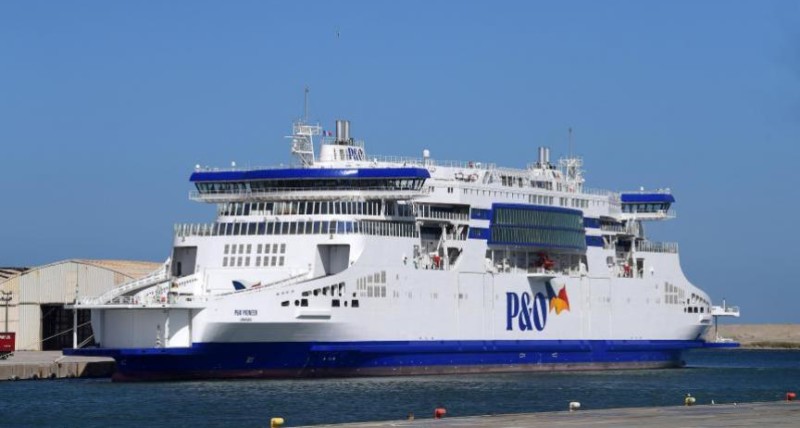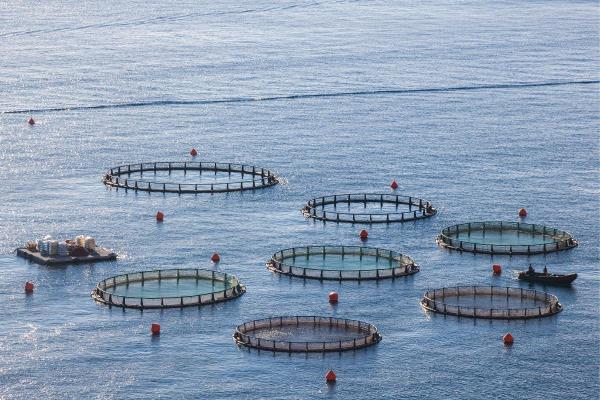The Arctic is one of the last oceans not fully traversed by an undersea fiber optic cable. If the routes in the Northern Hemisphere open up to telecommunication networks, it promises faster connections between Europe and Asia, and the economic development of a region that is increasingly less isolated from the rest of the world.
Due to climate change, the Arctic is no longer immune to the expanding reach of undersea fiber optic cables. An invisible global web of 532 cables already covers the ocean floor, stretching over a total of more than 1.5 million kilometers. These « lifelines » of telecommunications are strategic for the digital sovereignty of states and the global economy. But the melting ice, which creates new navigable routes during the summer, presents an opportunity to lay new undersea infrastructures in the Arctic. The stakes are high: compared to traditional intercontinental cable routes, Arctic routes would offer a shorter alternative, thus providing faster connection speeds for international data traffic. Currently, the Suez Canal or the Strait of Malacca are major transit points for both maritime flows and undersea cable information. The only obstacle, a significant one, is that these routes are also vulnerable points. For example, in the Red Sea, several undersea cables were damaged this year. To avoid the bottleneck in this area, through which over 90% of the Europe-Asia traffic passes, the Arctic is now a credible option.
A Technical Feat
Perhaps the most ambitious project, Far North Fiber, aims to connect Japan, Alaska, Ireland, and Finland. Through the Northwest Passage, the future undersea cable could have branches along its route, including Greenland. With Far North Fiber, « the planned 14,000 km cable system significantly reduces optical distance (…), thus minimizing signal latency and providing faster and more reliable connections across the Northern Hemisphere, » according to the Finnish company Cinia, behind the project, which is estimated at over $1 billion. « Alongside the Americans and Finns, the Japanese are also very interested in the economic returns of this trans-Arctic cable, which will reduce latency by three times between the Tokyo and London stock exchanges for high-frequency trading, » explains Michaël Delaunay, researcher at the Arctic Policy and Security Observatory and specialist in Arctic connectivity issues. Additionally, the project has recently received funding from the European Union through its « Connecting Europe Facility » program. The studies on cable routes that define the best pathway for the future network in terms of security and environmental respect are now complete.
However, laying these cables on the Arctic seabed is first and foremost a technical feat. According to Célestine Rabouam, a specialist in the geopolitical issues of connectivity in North American Arctic regions at the GEODE research center, « In the Canadian Arctic, dependence on satellites leads to bandwidth congestion and overload issues affecting all services. Even though the operational arrival of satellite constellations like Starlink has significantly improved Arctic network performance since late 2022, a trans-Arctic cable project in the Northwest Passage would provide more reliable and resilient connectivity for certain communities while freeing up bandwidth for those still relying on satellite connections. » Some countries, like Greenland, are connected to the global internet network, but in an uneven and insufficient way. Extreme climatic conditions and the low population density in Arctic countries have long discouraged investors. Thus, the deployment of undersea cables beneath the ice could significantly accelerate the economic development of this region. « The specific needs of indigenous populations regarding economic development (such as port infrastructure development) are important arguments for justifying a comprehensive vision for telecommunications projects in the North American Arctic, » explains Célestine Rabouam, adding that « unfortunately, in some projects, this discourse can sometimes serve as a showcase to attract state investments, without which nothing is possible in this region. »
Connecting Murmansk to Vladivostok: Polar Express
Among the other Arctic undersea cable projects, the most advanced one is Russian: Polar Express. In October 2022, Russia began laying an undersea cable connecting Murmansk to Vladivostok over 12,650 kilometers. With Polar Express, Moscow aims to improve communications in the port cities along the Northern Sea Route and in the natural resource extraction sites in its northern latitudes. Scheduled for 2026, the system follows the Northern Sea Route, which the federal government heavily relies on for developing commercial traffic. « The Russians are not very open about their Arctic projects, » says Michaël Delaunay. « The project, estimated at $889 million, is fully funded by the state and led by a Russian company with no Western participation. The fiber optic cable is supplied by the Chinese, and the cable is completed with Russian components. » According to an updated map by the American firm Telegeography, a first section of about 1,200 kilometers of cable has been laid between the village of Teriberka on the Barents Sea and Amderma, a coastal town on the Kara Sea. « Originally, the state-owned company planned to connect to the global communications cable network with branches in Europe and Asia, » adds Michaël Delaunay. « Before the Russian invasion of Ukraine and Western sanctions, Polar Express seemed on track. Now, we have little information about the project. » According to the official project site, in 2023 « about 43 nautical miles or 80 km of cable were laid from Amderma to Dikson [the next step of the project]. In 2024, once the ice conditions in the area permit, work on the section from Dikson to Amderma will resume. »
Could the Deployment of Undersea Cables Beneath the Ice Significantly Accelerate the Economic Development of This Region?
Geopolitical Rivalries in the Far North
The Arctic has long benefited from a balance of cooperation between coastal powers. But the war in Ukraine has recently exposed the geopolitical rivalries of the Far North. The Russian Polar Express on one side, the Western Far North Fiber on the other: « We must be cautious with these new projects because many others have failed before them. Moreover, tensions on the international stage have now entered Arctic issues, » cautions Michaël Delaunay. In this context, can we truly talk about a « race » for high-speed internet through the deep waters of the Arctic? « Not exactly, » responds Michaël Delaunay. « First, there is no competition between the Western and Russian projects, and secondly, the Arctic is not yet the new data highway. But it is true that if these projects come to fruition, they could pave the way for other routes potentially used by 70% of the planet’s internet users. »
Source: Defense



